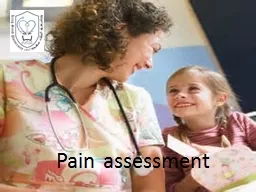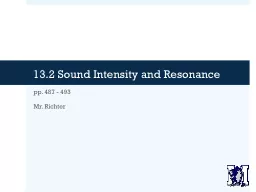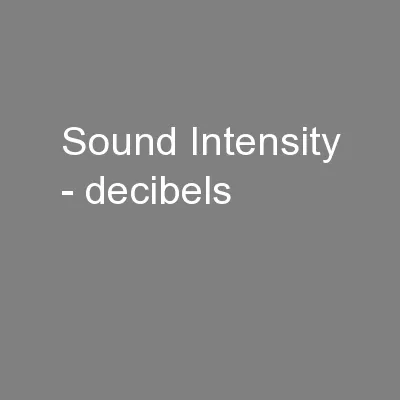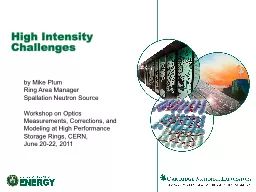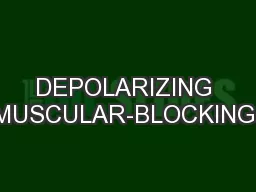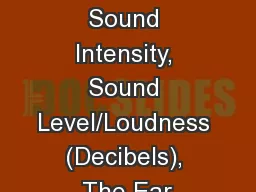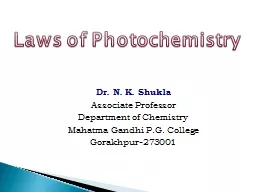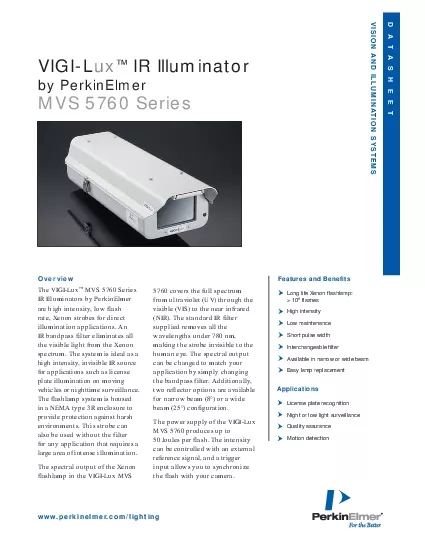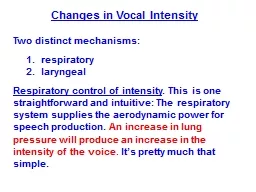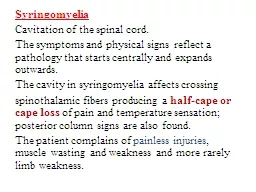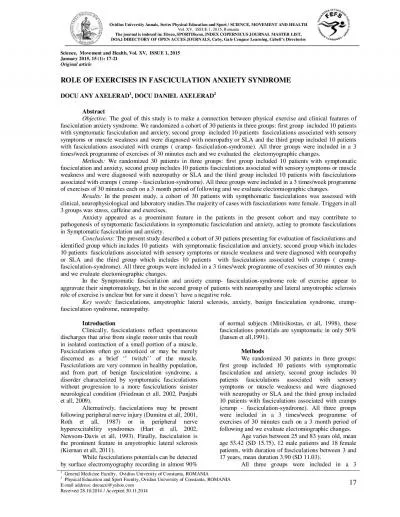PDF-FASCICULATION INTENSITY
Author : joanne | Published Date : 2022-09-21
1 1 AND DISEASE PROGRESSION 2 IN AMYOTROPHIC LATERAL SCLEROSIS Authors Jun Tsugawa MD Thanuja Dharmadasa FRACP Yan Ma MD William Huynh 4 FRACP PhD Steve Vucic
Presentation Embed Code
Download Presentation
Download Presentation The PPT/PDF document "FASCICULATION INTENSITY" is the property of its rightful owner. Permission is granted to download and print the materials on this website for personal, non-commercial use only, and to display it on your personal computer provided you do not modify the materials and that you retain all copyright notices contained in the materials. By downloading content from our website, you accept the terms of this agreement.
FASCICULATION INTENSITY: Transcript
Download Rules Of Document
"FASCICULATION INTENSITY"The content belongs to its owner. You may download and print it for personal use, without modification, and keep all copyright notices. By downloading, you agree to these terms.
Related Documents


